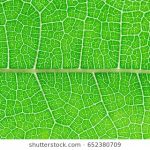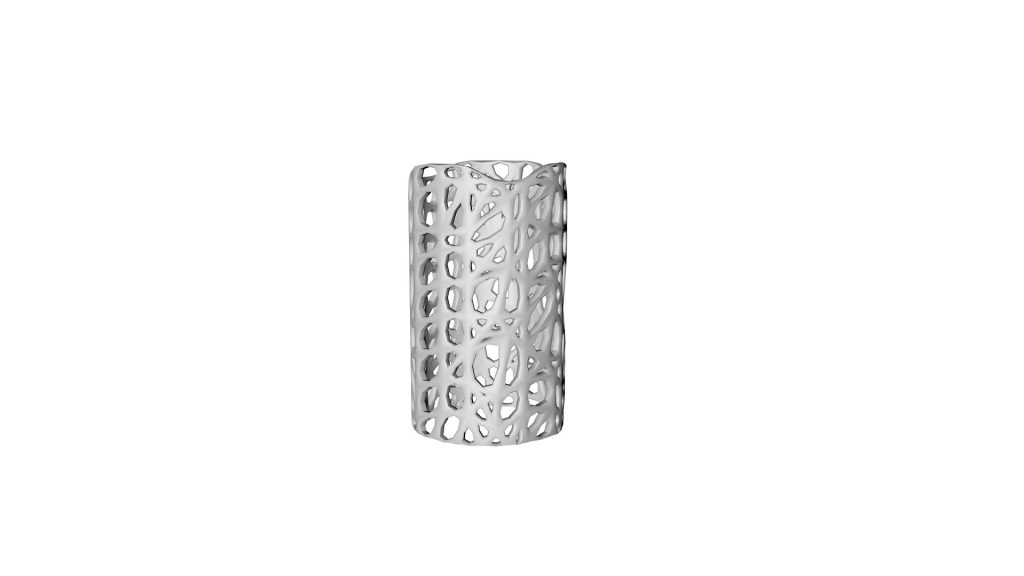The importance Voronoi Patterns in Nature.
Frei Otto was the father of ‘form nding’ in architecture: using natural morphogenesis techniques to inspire his own architecture creations. He was one the first people to realize the power of morphogenetic design. The first experiment looks at a natural distance experiment using a defined limited surface area with a set of natural floating points that all use repulsive magnets to set there distance. See Figure below:
He found that that the arrangement of equal distancing method he saw within natural forces ( using the experiment of needles and magnets floating on water) was the method nature used to balance out the formation of cell patterns and skin patterns on animal and natural organisms. This same formula has taken to the name of Voronoi patterns. Named after Georgy Voronoi. In this case each site pk is simply a point, and its corresponding Voronoi cell Rk consists of every point in the Euclidean plane whose distance to pk is less than or equal to its distance to any other pk. If we see the diagram below:
Looking at the diagram above the 4 squares (black) indicate 4 areas of “cell” growth. If we assume for moment each cell can exhibit the same force of growth on each other, then we can correctly assume the midpoint euclidean distance between each growth area presents a balance of opposing forces of growth. If we draw a “normal” line at the mid-point of this line (which are part of the Delaunay Triangulation.) We then see the black polygonal lines surrounding each rectangle growth centre. The pixel (x,y) can be part of one of the polygonal shapes by answering the question: what is the smallest distance to each of the cell objects? The answer will tell you which polygonal shape the pixel belongs too.
How useful is this?
Take a look at all the natural uses of Voronoi type formation:
The Artefact
The results are shown below. The results show 2d outputs transferred into 3d models and output as prototypes. The idea here is to produce 4 large cylindrical ceramic lights ( approx 90cm height x 30cm diameter).
Other physical Voronoi processes

























